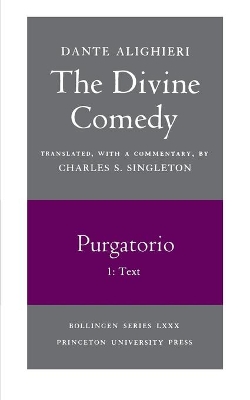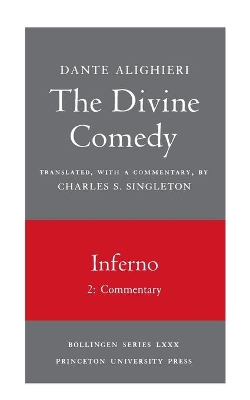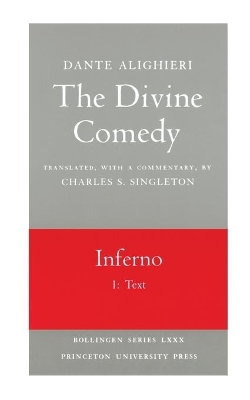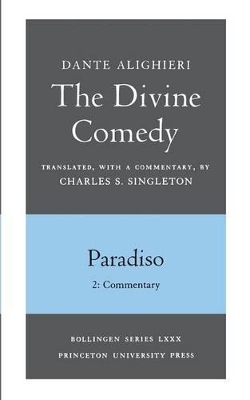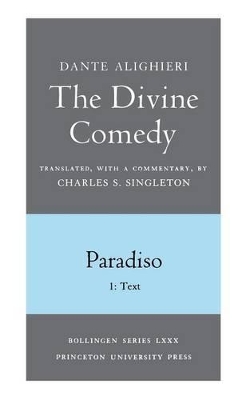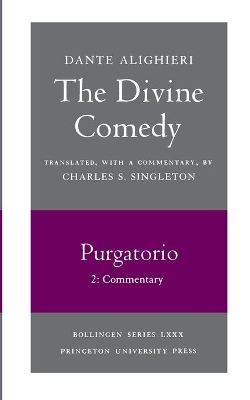Bollingen Series (General)
8 total works
Continuing the paperback edition of Charles S. Singleton's translation of The Divine Comedy, this work provides the English-speaking reader with everything he needs to read and understand the Paradiso. This volume consists of the prose translation of Giorgio Petrocchi's Italian text (which faces the translation on each page); its companion volume of commentary is a masterpiece of erudition, offering a wide range of information on such subjects as Dante's vocabulary, his characters, and the historical sources of incidents in the poem. Professor Singleton provides a clear and profound analysis of the poem's basic allegory, and the illustrations, diagrams, and map clarify points that have previously confused readers of The Divine Comedy.
